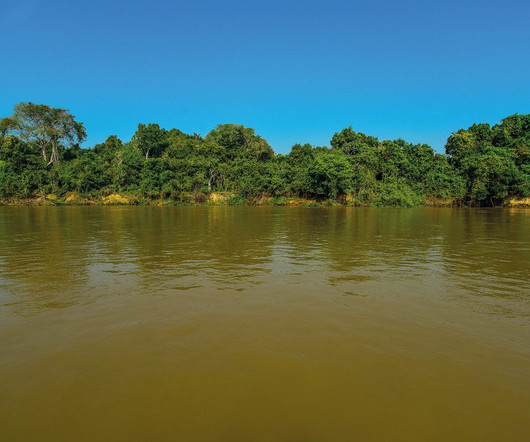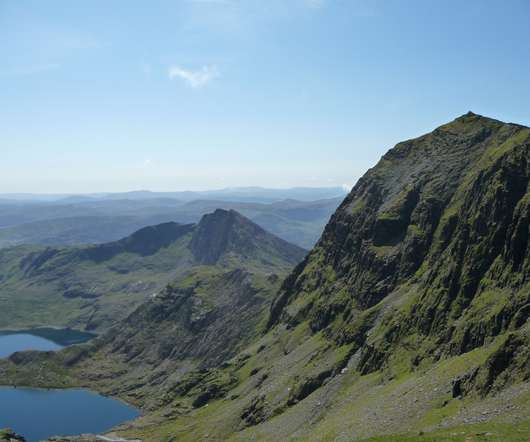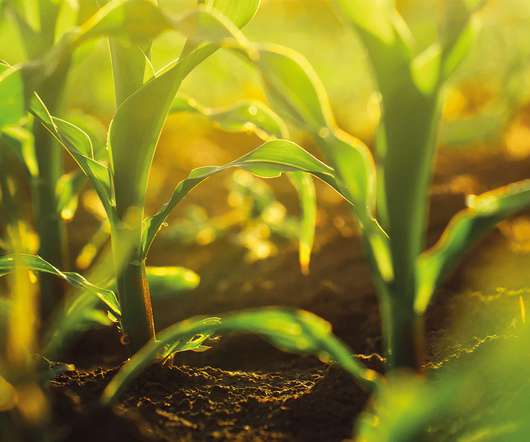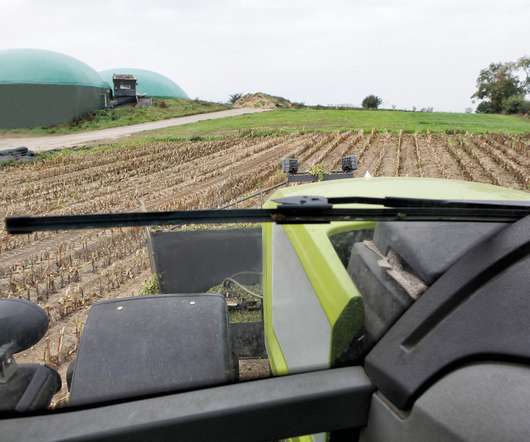Boiling tap water helps remove microplastics, says study
Envirotec Magazine
FEBRUARY 29, 2024
Nano- and microplastics are seemingly everywhere — water, soil and the air. While many creative strategies have been attempted to get rid of these plastic bits, one unexpectedly effective solution for cleaning up drinking water, specifically, might be as simple as brewing a cup of tea or coffee. Image credit: Eddy Zeng.

















Let's personalize your content